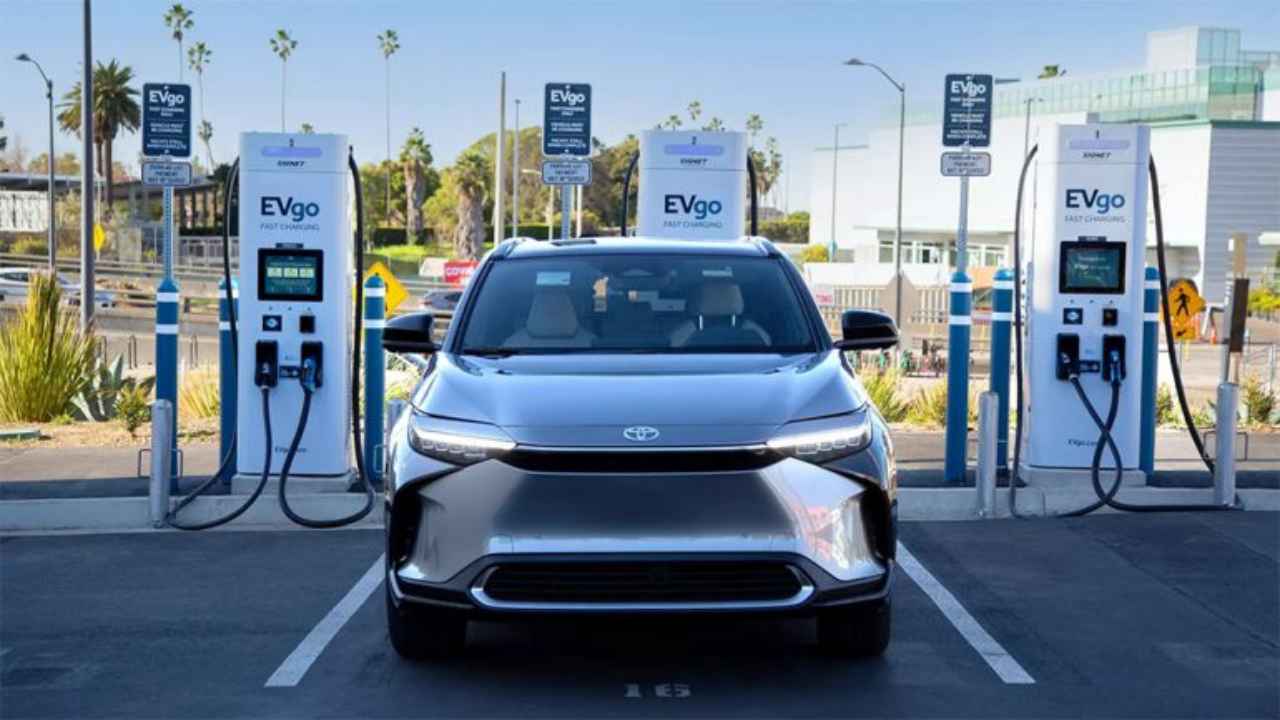U.S. Transportation Department Allocates $148.8 Million for EV Charging Port Projects in 20 States

Funding Part of Broader Effort to Enhance EV Charging Infrastructure and Boost EV Sales
The U.S. Transportation Department has announced the allocation of $148.8 million for projects in 20 states aimed at repairing or replacing nearly 4,500 existing electric vehicle (EV) charging ports. This move is part of President Joe Biden’s administration’s broader effort to enhance the EV charging infrastructure, aligning with upcoming rules that could significantly boost EV sales.
Addressing Frustrations of EV Owners
The funds are specifically intended to address concerns of frustrated EV owners who encounter non-functional charging ports. Shailen Bhatt, the Federal Highway Administrator, emphasized the anticipation of increased demand for EV technology and expressed confidence that the reliability of charging infrastructure will improve with these investments.
National Electric Vehicle Infrastructure (NEVI) Program
The funding is part of the $5 billion National Electric Vehicle Infrastructure (NEVI) program, established through the $1 trillion 2021 infrastructure law. States participating in the program are required to operate federally-funded charging ports for at least five years, ensuring they remain operational 97% of the time.
White House’s Goal: Expanding Charger Network to 500,000 by 2030
The broader goal of the White House is to expand the national network of chargers to 500,000 by 2030. This includes strategically placing high-speed chargers no more than 50 miles apart on the busiest highways and interstates. The move is considered crucial for the widespread adoption of electric vehicles, supported by automakers and industry stakeholders.
Current State of Charging Infrastructure
As of now, the United States boasts more than 170,000 public charging ports, with the number increasing by over 70% since the start of the Biden administration. In 2021, President Biden set a goal aiming for 50% of new vehicles by 2030 to be electric or plug-in hybrids.
EPA’s Stringent Tailpipe Regulations
Simultaneously, the Environmental Protection Agency (EPA) has proposed stringent tailpipe regulations, envisioning 67% of new vehicles being electric by 2032. The administration is expected to finalize these emissions limits by March, although ongoing debates and recent actions by Republicans in the U.S House of Representatives may impact the finalization of these rules.







